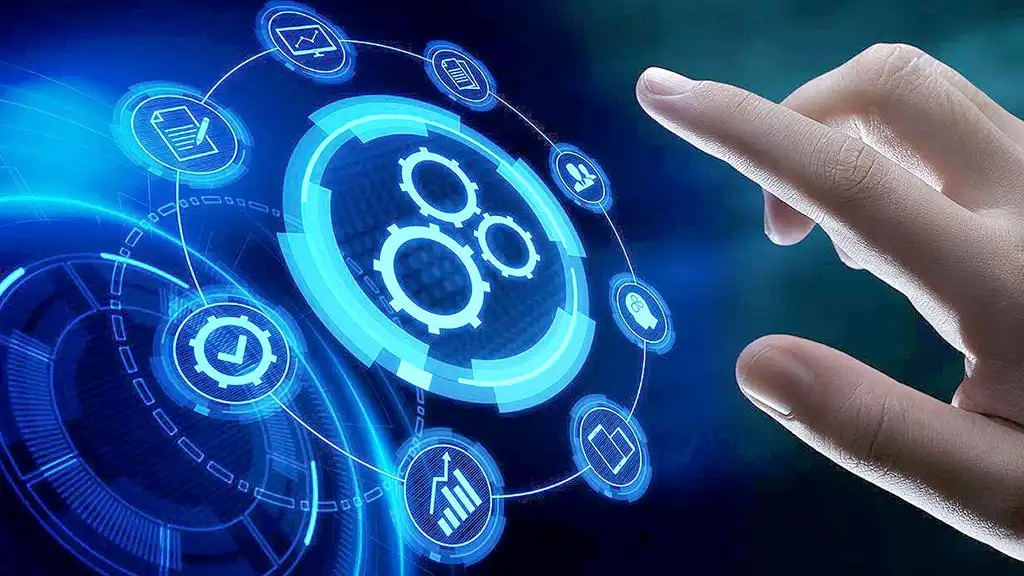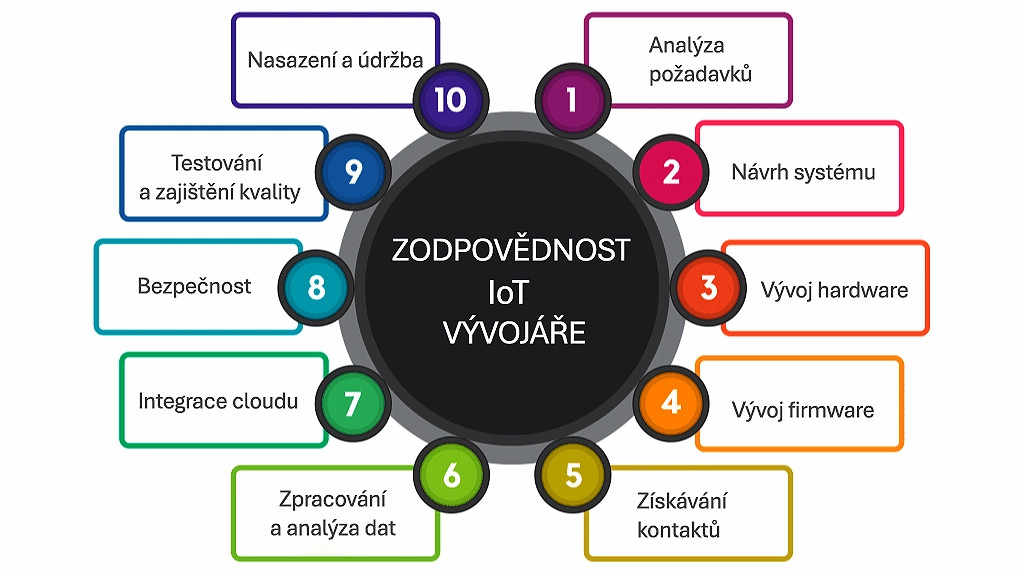From Traditional Electrical Engineering to IIoT
In recent years, the industrial and manufacturing sectors have been revolutionized by the Industrial Internet of Things (IIoT). The IIoT connects the physical and digital worlds using sensors that collect data from machines and devices, enabling remote monitoring, analysis, and control. This article provides an introduction to IIoT, its function, benefits, drawbacks, and applications

What is IIoT?
The Industrial Internet of Things (IIoT) is the application of the Internet of Things (IoT) in an industrial setting. IoT generally refers to a network of connected physical devices that collect and exchange data through built-in sensors. Within the context of IIoT, these devices are typically industrial machinery, systems, and equipment that are equipped with sensors, software, and connectivity to communicate and share data with other systems and devices over the internet.
Why is IIoT Important?
IIoT has the potential to significantly transform industry and manufacturing.
It enables:
- Increased Efficiency: IIoT systems can help optimize processes, reduce downtime, and improve overall productivity.
- Cost Reduction: IIoT can help lower costs for maintenance, energy, and material consumption.
- Improved Quality: IIoT systems can help monitor and improve product quality.
- New Business Models: IIoT can enable new business models, such as performance-based services.

How Does IIoT Work?
IIoT systems consist of several basic components:
Sensors are devices that collect data from the physical world. In an industrial environment, sensors can collect various types of data, such as temperature, pressure, vibrations, energy consumption, and equipment status.
- Actuators are devices that convert digital signals into physical actions. In IIoT systems, actuators can be used to control machines, equipment, and processes remotely.
- The network enables the connection of sensors, actuators, control units, and cloud platforms. In IIoT, this can be an industrial Ethernet, Wi-Fi, or cellular network.
- Software plays a key role in IIoT. Software applications are used to collect, process, analyze, and visualize data from sensors. Software can also be used to control actuators and manage processes.
- :Cloud platforms provide a scalable and centralized way to store, manage, and analyze data from IIoT devices. Cloud platforms can also provide tools for the development and deployment of IIoT applications
.

The IIoT Process
Data Collection
- Sensors collect data from the physical world and send it to a control unit or a cloud platform.
Data Processing
- Software processes the collected data and converts it into usable information.
Decision Making
- Based on the processed data, the system can decide on the next steps. The decision can be automated or made by a person.
Action
- Based on the decision, the system can perform an action using an actuator.